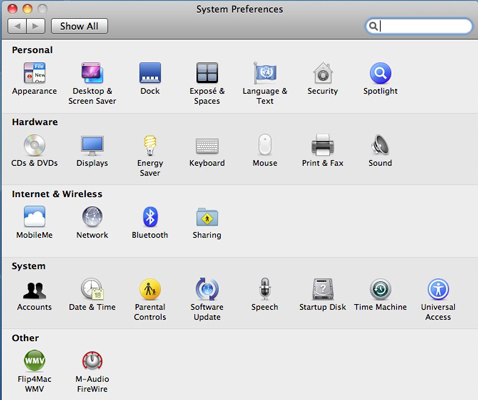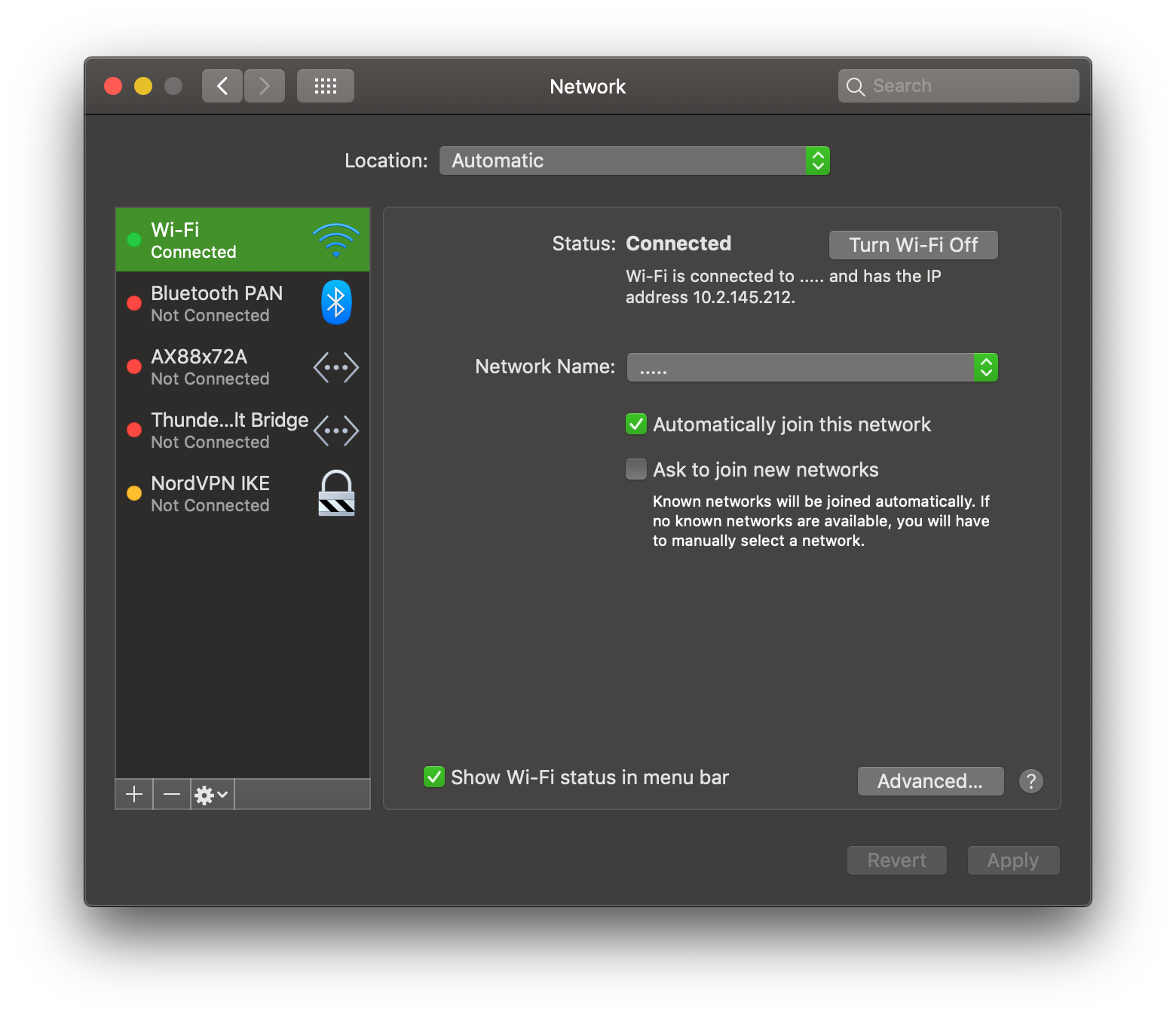

- Apple mac server not reusing ip install#
- Apple mac server not reusing ip drivers#
- Apple mac server not reusing ip software#
- Apple mac server not reusing ip windows#
Apple mac server not reusing ip drivers#
Warning: Network bridging will not work when the physical network device (e.g., eth1, ath0) used for bridging is a wireless device (e.g., ipw3945), as most wireless device drivers do not support bridging! If your guests do not have connectivity "out-of-the-box" see Troubleshooting, below.īridged networking allows the virtual interfaces to connect to the outside network through the physical interface, making them appear as normal hosts to the rest of the network. If this configuration is suitable for your purposes, no other configuration is required. You should be able to ssh into the host OS (at 192.168.122.1) from inside the guest OS and use scp to copy files back and forth. The guest will be able, for example, to browse the web, but will not be able to host an accessible web server.īy default, the guest OS will get an IP address in the 192.168.122.0/24 address space and the host OS will be reachable at 192.168.122.1. In the default configuration, the guest operating system will have access to network services, but will not be visible to other machines on the network. If you are confused, the libvirt Networking Handbook provides a good outline. NAT is performed on traffic through the host interface to the outside network.Īlternatively, you can configure Bridged Networking to enable external hosts to directly access services on the guest operating system. The default virtual network configuration is known as Usermode Networking. There are a few different ways to allow a virtual machine access to the external network. Network Bridge Does Not Appear in Virt-Manager.Redirecting selected ports to virtual machines.Multiple nics with multiple subnets (VLANs).
Apple mac server not reusing ip windows#

Apple mac server not reusing ip software#
If you’re using a network printer or a printer connected to your Mac, make sure you have the latest version of the software for the printer. On your Mac, to find out which version of printer software you’re using, choose Apple menu > System Preferences.Ĭlick Printers & Scanners, then select the printer.Ĭlick Options & Supplies, then click General. If you’re using a printer that another user is sharing, make sure you’re both using the same version of the printer software. Make sure you have the correct version of your printer’s software (also called its printer driver). If you still can’t print, see the additional troubleshooting information below. If the printer’s name appears in the hardware list but the printer doesn’t work, review the printer’s documentation for further troubleshooting information or see If a USB device doesn’t work with Mac. If your printer is connected to your computer’s USB port, open System Information, then click USB. If you use a shared printer connected to another Mac, make sure the Mac has macOS 10.5 or later installed, isn’t in sleep, and has sharing turned on. If the network has multiple printers, check which printer you chose-it may be different from the one you think you chose.

If the printer is on the network, make sure your Mac and the printer are still on the same network, the printer is turned on, and the network isn’t experiencing problems. If your printer is connected to your Mac, make sure the printer cable is firmly connected, and the printer is plugged into an electrical outlet, and turned on. If you’re having trouble printing, first try these suggestions:

Apple mac server not reusing ip install#
Install and reinstall apps from the App Store.


 0 kommentar(er)
0 kommentar(er)
